Mark Boen says CSA members want three things: choice, convenience, and connection to the farm.
Which is why he’s moving away from CSA as a way to market his produce.
The choice, convenience, connection trio of the CSA is similar to the contractor’s trio of fast, cheap, and good. Everybody wants all three, but you only get two at most.
It’s your job to decide which ones you’re going to promise. Making the right promise will be key to retaining members.
Which is why he’s moving away from CSA as a way to market his produce.
The choice, convenience, connection trio of the CSA is similar to the contractor’s trio of fast, cheap, and good. Everybody wants all three, but you only get two at most.
It’s your job to decide which ones you’re going to promise. Making the right promise will be key to retaining members.

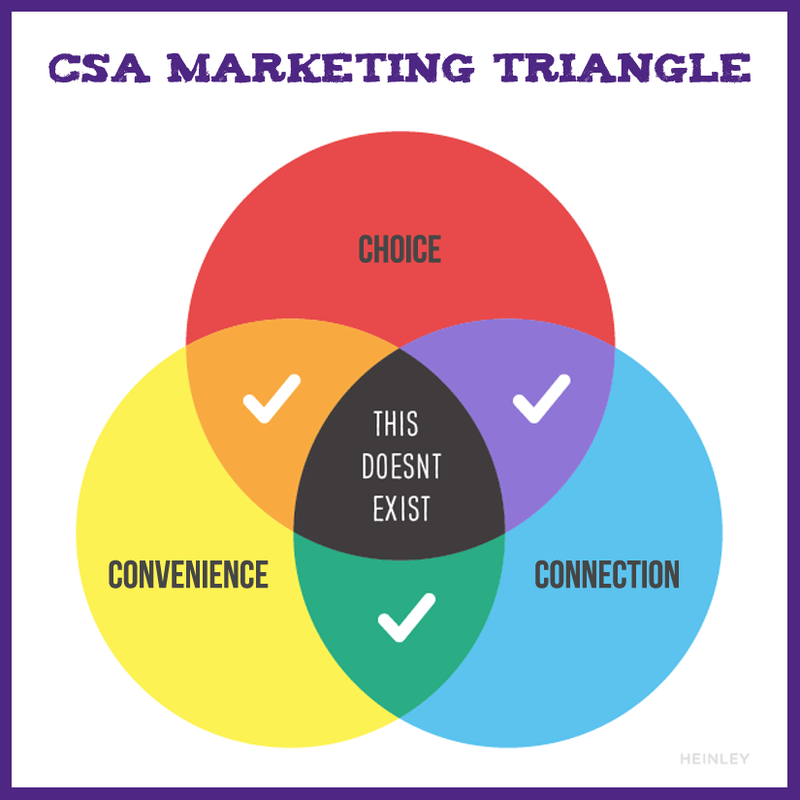
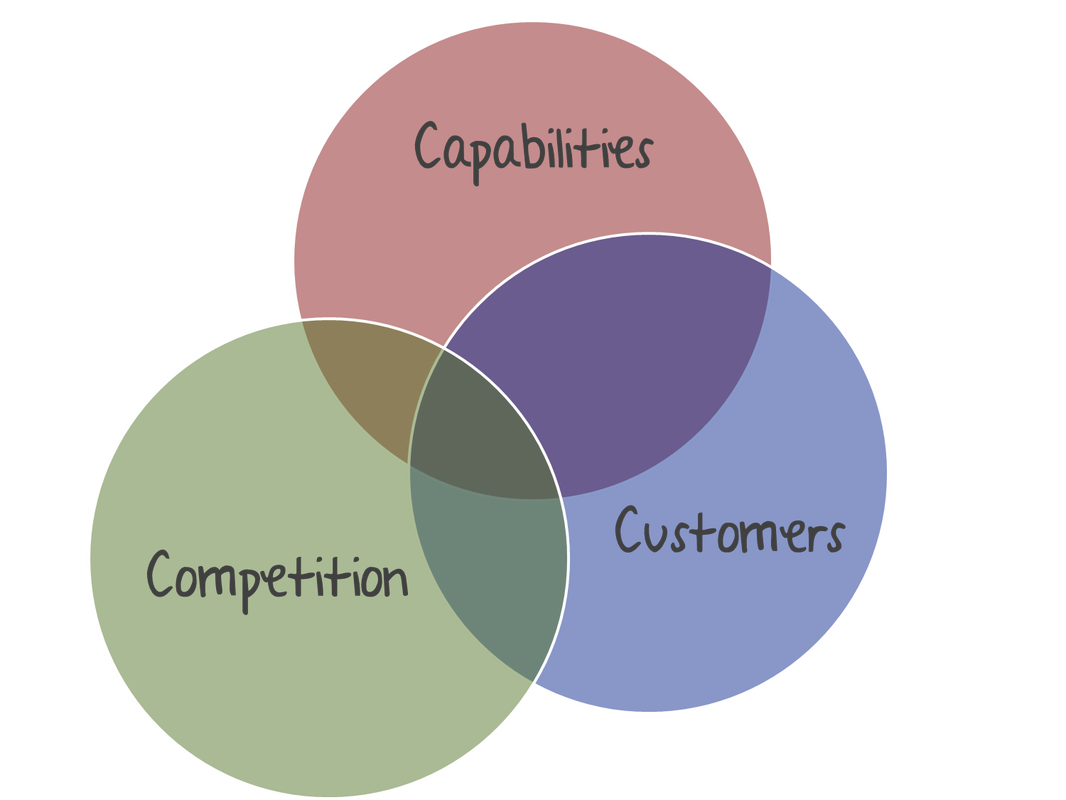
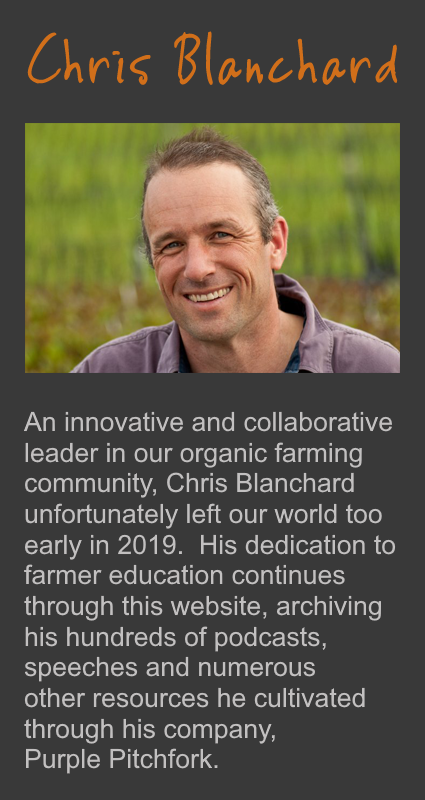
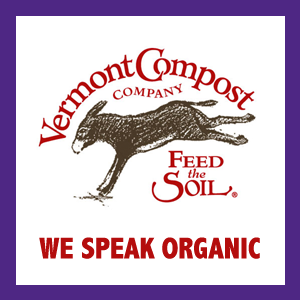
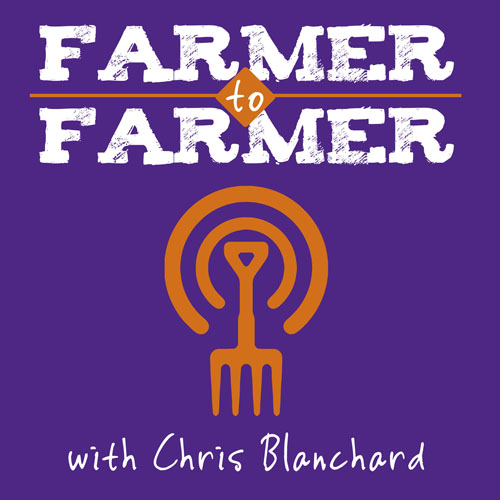
 RSS Feed
RSS Feed
